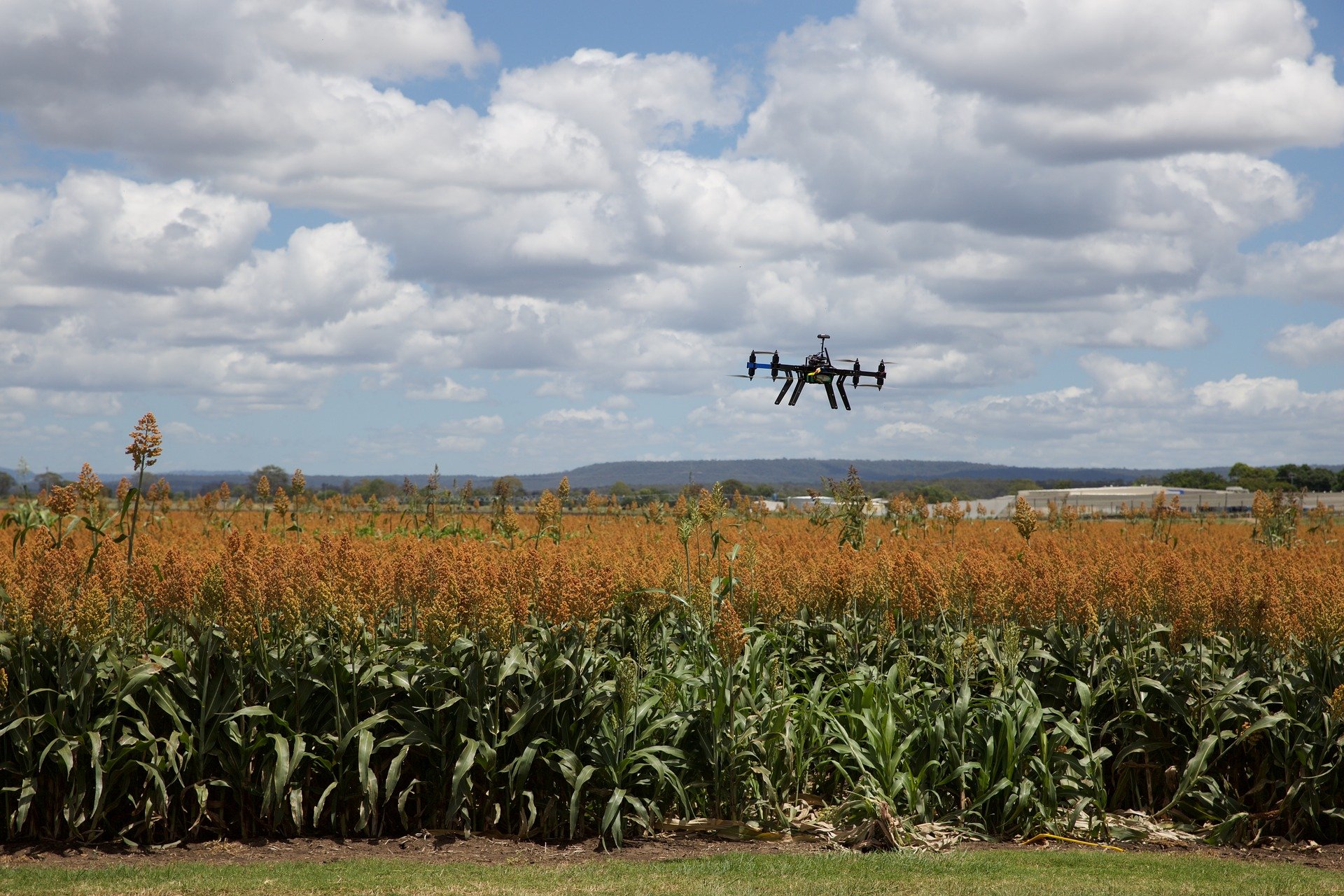 The European Commission recently identified precision farming as a possible agricultural practice that eco-schemes could support in the post-2022 Common Agricultural Policy. In this analysis Dr Andrea Beste examines the potential of precision farming to provide environmental services for climate and species protection.
The European Commission recently identified precision farming as a possible agricultural practice that eco-schemes could support in the post-2022 Common Agricultural Policy. In this analysis Dr Andrea Beste examines the potential of precision farming to provide environmental services for climate and species protection.
By Andrea Beste
For some years now, it has been loudly and frequently advertised. In fact, it iseven recommended by the EU Commission as an eco-scheme measure – alongside practices like agroforestry and agroecology – to be funded from the Common Agricultural Policy (CAP) pot. So what is it? Why its precision farming [1].
According to the Commission, these eco-schemes – a core part of the so-called new Green Architecture – should meet the following requirements:
- They should include activities related to climate, environment, animal welfare and antimicrobial resistance;
- Their level of ambition must go beyond the requirements and obligations that apply under the legal minimum requirements (conditionality).
In the following, we want to take a critical look at whether precision farming (also called “smart-farming”) can meet these requirements. (For more on eco-schemes see this article by Oliver Moore, which is also below).
Weaker Eco-Schemes and Pet Projects – Commission Factsheet Unpacked
The biggest challenges: Climate change and species extinction
Climate change and species extinction are the most threatening challenges worldwide for ensuring our survival and are therefore also a particular focus of the EU Commission’s “Green Deal”. Haber-Bosch synthesis requires about 1.2 percent of the world’s energy for the production of mineral fertiliser [2]. More than 90 percent of the energy demand of the entire fertiliser industry is consumed for this production [3]. For many crops, fruits and vegetables, more than one third of the energy used is for the production of agrochemicals (fertilisers and pesticides) used in these crops [4]. If this is included in the greenhouse gas balance, the share of agriculture in greenhouse gas emissions in Germany for 2010 is 13 percent, otherwise it would only be about half (7 %, stated by the German Federal Environment Agency in 2013 [5]).

In its final report in 2019, the World Biodiversity Council IPBES warned of a dramatic loss of species in the coming decades [6]. The report identifies land use changes as the main driver of nature loss, particularly in Europe. In particular, the report concludes that the loss of natural habitats and their pollution by nutrients and pesticides in many cases render conservation efforts futile. Some scientists estimate that the loss of biodiversity is even worse than climate change [7].
Precision farming – the solution?
The solution, which is now being repeatedly presented by many sides, is the “digitalisation of agriculture” or so-called “precision farming”. High-tech in the field is supposed to protect the climate and biodiversity. Drones and sensors shall help, reporting what nutrition the field needs and where. The application technology is claimed to apply it with millimetre precision and as needed. While the agricultural machinery, chemical and seed lobbies are pushing for this technology to be financed by CAP funds, there is comparatively little discussion about whether the environmental benefits of these innovations have actually been proven. Further, who has access to these technologies and who controls the data? No one can object to applying fertiliser efficiently and using fewer pesticides. But at what scale can precision farming techniques be more effective? How well do they really help to make agriculture more sustainable? Are the loudly expressed praises justified?
How precise is “precision”?
Precision farming, for example, aims to use colour-reading technology to evaluate leaf greening to enable more efficient nitrogen fertiliser use, which should save nitrogen fertiliser and thus greenhouse gas emissions. The measurement of leaf greening provides indirect and only relatively rough information about whether the plant is getting enough nitrogen. Other soil parameters are even less precise: humus content and quality in the soil, for example, cannot yet be measured satisfactorily over a wide area, and certainly not while driving over a field.
In the case of phosphorus, there are still no valid measuring methods that could serve as a basis for “precise” application: In Europe, for example, up to 16 different methods are used to measure the phosphorus content in soils. To date, it is not possible to determine the total plant-available phosphorus in the soil using any of these 16 measurement methods, as it is not possible to measure organically bound phosphorus. However, this can amount to 25 to 65 percent of the phosphorus present in the soil [8]. So far, a “precise” satellite-controlled fertiliser system can only fall back on little precise data for humus or phosphorus content, and certainly not in real time. The same is still true for many other soil factors, such as soil structure. Scientifically, one can therefore speak of “approximate values”, but not of “precision”.
How big is the savings potential?
While there already exist farming methods that manage completely without mineral fertilisers and synthetic pesticides, it is hoped that the positive environmental effect of precision farming will come from the technically supported savings potential. In a publication issued by the German Ministry of Agriculture, “Digitalisation in Agriculture – Seizing Opportunities – Minimising Risks” [9], an impact assessment commissioned by the BMEL and prepared by the Thünen Institute is quoted as follows:
“The greatest benefit of digitalisation in agriculture is seen in the potential increase in productivity through savings in working time and inputs. This can increase sustainability through reduced use of fertilisers, pesticides and fuel, as well as improvements in animal welfare. The fertiliser, pesticide and fuel savings identified so far are in the low single-digit percentage range [emphasis added]”
Savings in the low single-digit percentage range do not sound like a trend reversal in relation to the environmental problems that intensive fertiliser and pesticide use are scientifically attested to. This may just seem sensible from the point of view of efficiency. But the capital and technical outlay for these few percent is considerable. This raises the question not only of the ecological balance but also of the economic one.
What about excess slurry, malnourished soil and the importance of species diversity?
If high livestock populations are not reduced, even with the most precise spreading, the question remains: What does the farmer do with the rest of the slurry if, due to precise spreading techniques, there is always too much left over? If there is too much slurry, it still has to go somewhere.
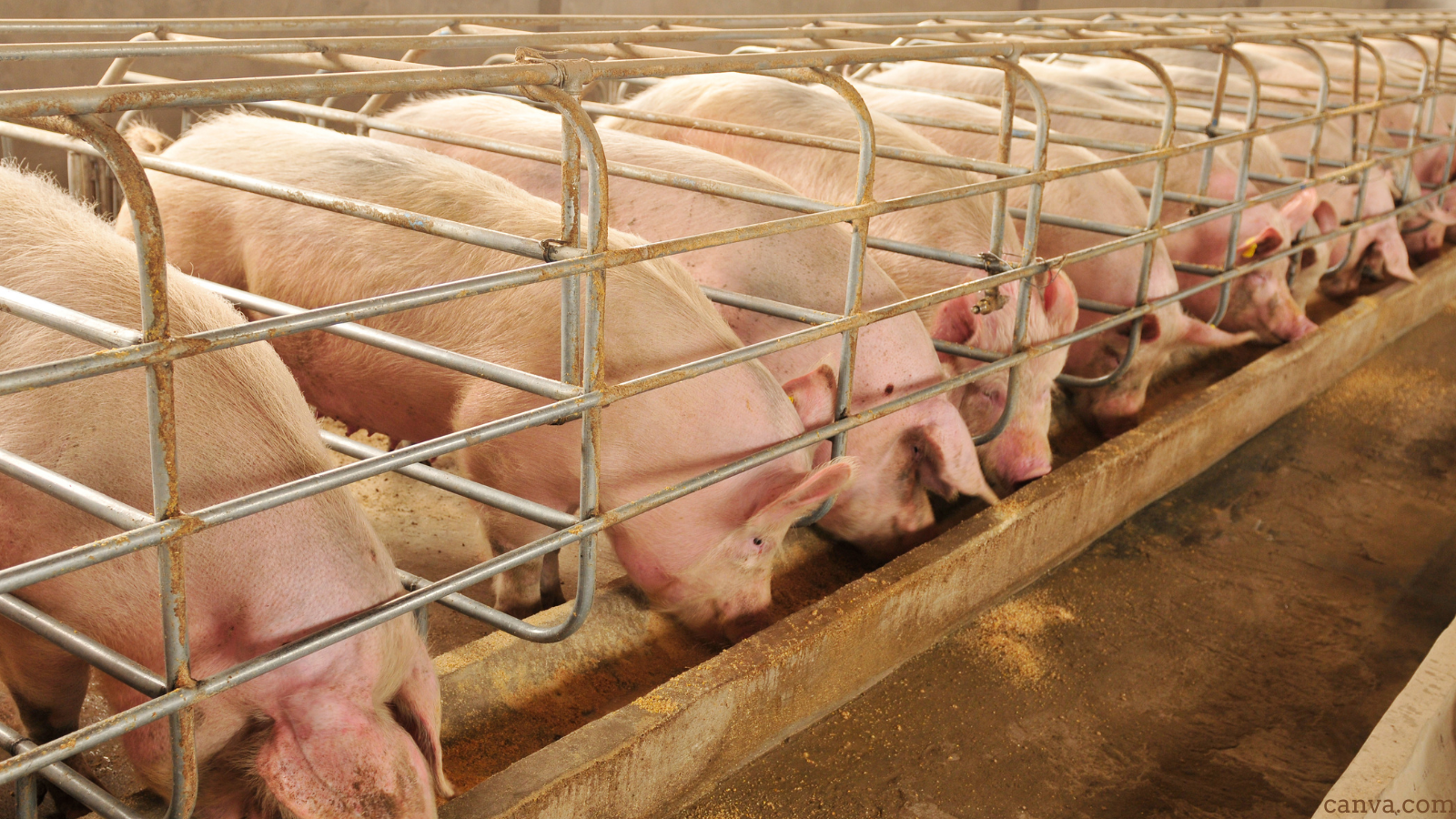
Another problem is simply not seen: even less or more accurately applied nitrogen fertiliser pollutes the soil if well balanced crop rotations and high-quality organic fertilisers, such as compost (which is not really suitable for pipette-precise dosing), are still lacking to nourish soil life and build up humus. If the mix of nutrients is not right, plant and soil ecology suffer from malnutrition even if the wrong mix is dosed more precisely. It is then a “precise malnutrition”. The negative effect in the system remains the same. Plants intensively fertilised with nitrogen are susceptible to diseases and insect pests and need more plant protection [10].
As far as species diversity is concerned, sensor measurement has so far required very homogeneous crops, whereas species diversity in the system, for example with mixed crops, undersown crops, trees or hedges, tends to have a disturbing effect. However, it is precisely this diversity that is important for both endangered species and beneficial insects in the system and promotes biological pest control, which in turn is a basis for reducing pesticides. The environmental outcome of so much technology with so little effect does not really look positive under these conditions.
Who controls this “future-technologies”?
Further questions arise with the terms “SmartFarming” and “BigData” about sovereignty over farm data: Who is the holder of rights to it and who ultimately gets it? The last decade has seen a rapid development of start-up companies in the digital farming sector. It is estimated that the market for precision and digital farming products will grow by 12 percent per year and reach a volume of over 10 billion euros by 2025. As a result, large corporations are entering this market.
In 2013, Monsanto bought Climate Corporation, which offers digital farming products, for approximately $1 billion. Following Bayer’s acquisition of Monsanto in 2018, the company claims to have the world’s leading digital agriculture platform. Other large agricultural groups, including global grain traders, agrochemical companies, the agricultural machinery industry and tech companies are also investing in or buying digital agriculture companies. The technology is therefore increasingly in the hands of the same global players that dominate the high-performance seed, fertiliser and pesticide markets. [11]
Scepticism is advisable as to whether these players are committed to using precision technology to significantly shrink the markets for their own products. It can be strongly suspected that in the face of the sustainability discussion, this use rather serves to secure sales markets by declaring the use of the means of production as “smart”, “precise”, “efficient” and “sustainable”.
This new form of vertical integration also allows corporations to extract data from farmers and then use it to guide their product choices. Farmers become part of the corporate value chain, limiting their technical flexibility. As in other sectors of the digital economy, “one-stop-shop” platforms are being created to provide farmers with a comprehensive package of services and to target decisions. The sovereignty over data and technical ownership is already often no longer in the hands of farmers. For example, in the US, John Deere prevents farmers from repairing their equipment, such as tractors, which are equipped with sophisticated software, and instead forces them to hire outside contractors. The company argues that farmers do not “own” their tractors, but have only purchased “a licence to operate the vehicle” [12].
Conclusion:
Precision and potential savings are so far not in any meaningful proportion to the financial and technological investment, neither economically for farmers nor in terms of sustainability effects. The massive promotion of precision agriculture and its recommendation as a suitable “eco-scheme” for the promotion of environmental services within the “green architecture” of EU agricultural policy is disproportionate to its (minimal) potential to efficiently and purposefully provide environmental services for climate and species protection.
Compared to the expansion of organic farming called for in the EU Commission’s Farm to Fork Strategy, precision farming does not really have much to offer. Organic farming has been proving its sustainability in all relevant areas of resource protection for many decades, starting with soil, water, biodiversity and climate [13]. Precision agriculture has so far been more like a déjà view from childhood: the commendations are very reminiscent of the fairy tale “The Emperor’s New Clothes” by Hans Christian Andersen.
______________
[1] European Commission (2021) List of potential agricultural practices that eco-schemes could support. https://knowledge4policy.ec.europa.eu/publication/list-potential-agricultural-practices-eco-schemes-could-support_en
[2] Sutton, M., Howard, C. et al. (Eds.) (2011): The European Nitrogen Assessment: Sources, Effects and Policy Perspectives. Cambridge University Press.
[3] Bernstein, L., et al. (2007): Industry. In Climate Change 2007: Mitigation. Contribution of Working Group III to the Fourth Assessment Report of the Intergovernmental Panel on Climate Change.
[4] Clausing, P. (2014): Energieschleuder Agrarindustrie. In: Ökologie & Landbau 172.
[5] Umweltbundesamt (2013) Klimaschutz und Emissionshandel in der Landwirtschaft.
[6] IPBES (2019) 150 leading scientists from 50 countries spent three years analysing almost 15,000 studies for the IPBES report. https://www.ipbes.net/news/Media-Release-Global-Assessment
[7] University of Copenhagen (2012) Biodiversity crisis is worse than climate change, experts say. https://www.sciencedaily.com/releases/2012/01/120120010357.htm
[8] Böcker, H. (2018): Phosphat verfügbar machen. In Landwirtschaftliches Wochenblatt 21/18
[9] BMEL (2018) Digitalisierung in der Landwirtschaft. https://www.bmel.de/SharedDocs/Downloads/DE/Broschueren/digitalpolitik-landwirtschaft.pdf?__blob=publicationFile&v=8
[10] Beste, A. and Idel, A. (2018): The Myth of Climate Smart Agriculture – Why Less Bad Isn’t Good http://gesunde-erde.net/pdf-dateien/Myth%20of%20climate%20smart%20agriculture%20final.pdf
[11] FEE (2020): What will digital farming mean for agriculture in Europe? https://friendsoftheearth.eu/publication/what-will-digital-farming-mean-for-agriculture-in-europe/
[12] Foodtank (2021) Farmers Fight For Right To Repair Their Own Equipment https://foodtank.com/news/2021/01/farmers-fight-for-right-to-repair-their-own-equipment/
[13] Reganold, J.P. and Wachter, J.M. (2016) Organic agriculture in the twenty-first century https://www.nature.com/articles/nplants2015221
More on precision farming and AgTech:
The Myth of Climate Smart Agriculture – Why Less Bad Isn’t Good
AgTechTakeback | Neither neoLuddism nor Corporate Ag – Towards a Holistic Agroecology
Falkenberg – Agroecology not Precision Farming to Make CAP Sustainable



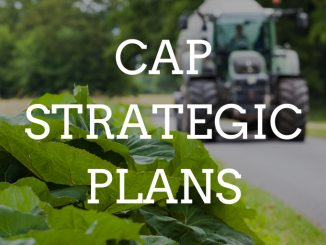
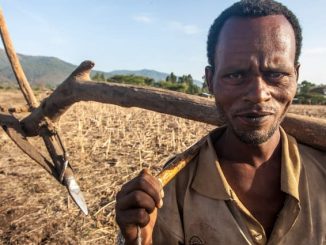
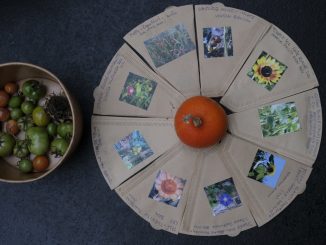
2 Trackbacks / Pingbacks
Comments are closed.